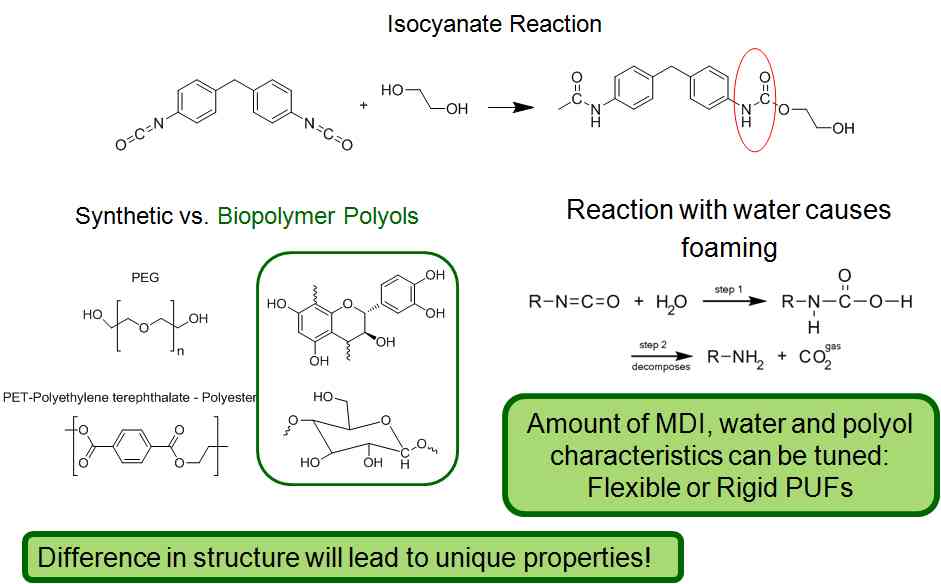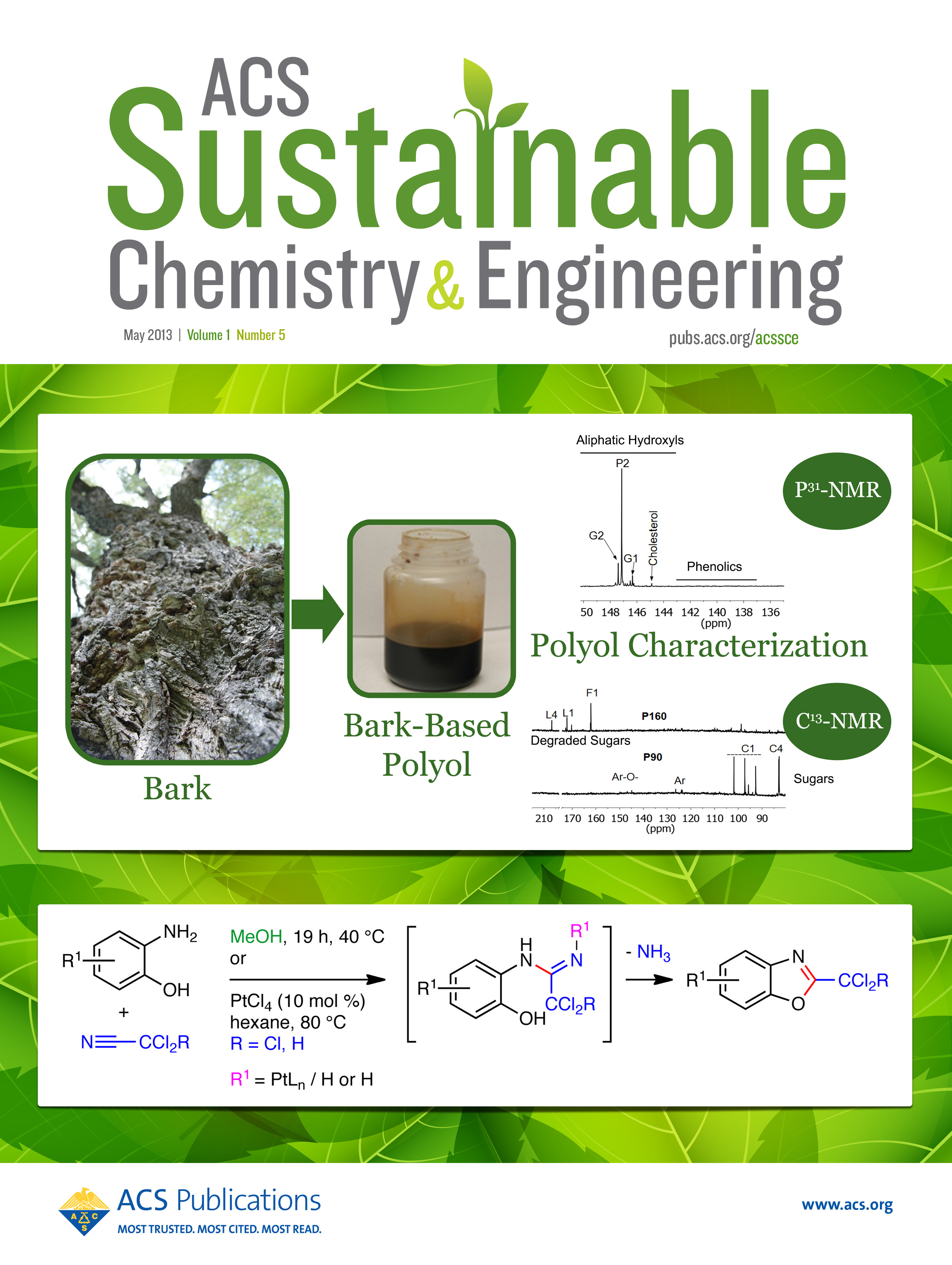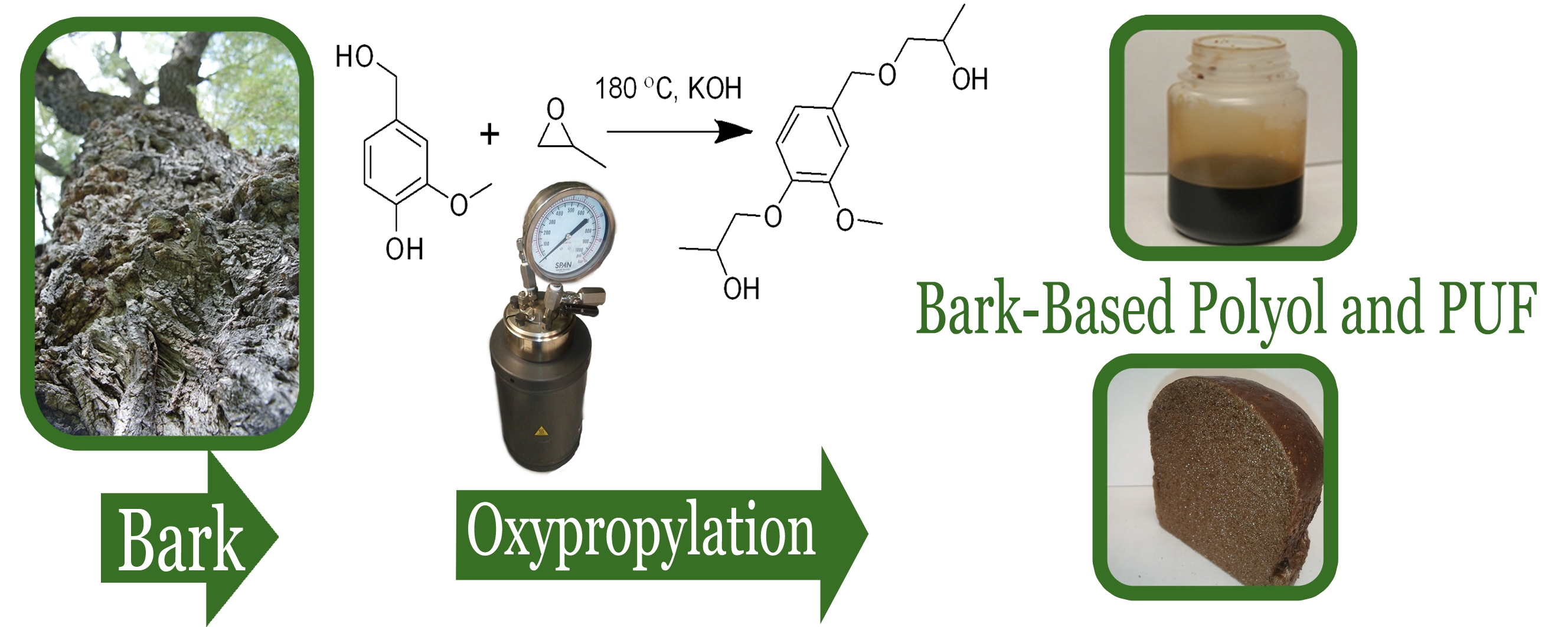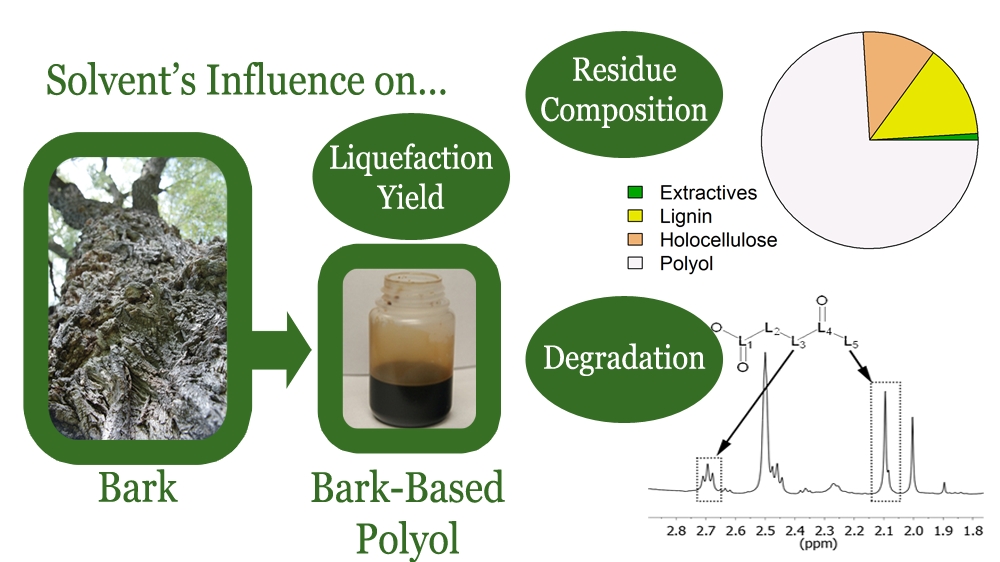Welcome to
Jason D'Souza's Website
M.A.Sc Research
Ph.D Research
Publications
Engineering Infra-Red Photon Absorbing Materials for Organic Solar Cells:
M.A.Sc. (2007-2009)- University of Toronto - Department of Chemical Engineering and Applied Science - Supervisor Prof. Timothy Bender
The Utilization of Bark to Make Rigid Polyurethane Foams
(Started Fall - 2010)- University of Toronto - Faculty of Forestry - Supervisor Prof. Ning Yan
My research focused on the extraction of biomass from the bark of trees, and utilizing this to make rigid polyurethane foams (PUF).

PUFs are used for various applications including insulation in appliances, residential housing, and in the interior mouldings of cars.


Polyols, one of the reactants to make a polyurethane, are traditionally from synthetic petrochemicals, however natural biopolymers can be used as substitutes, while also imparting unique mechanical properties.

From the next diagram it becomes clear that bark is a complex material, with a great diversity in molecular structures, and most importantly featuring many hydroxyl containing compounds. These compounds can be high or low molecular weight, varying functionality (number of hydroxyl groups per molecule), and contain different hydroxyl groups (primary, secondary, phenolic).

It is this great variation in molecular structure that obscures the relationship between the natural biopolymers and the resultant foam properties, which will hopefully be uncovered by my research.
Link: Professor Ning Yan's lab website
Publications
1. D’Souza, J.; Yan, N. Producing Bark-based Polyols through Liquefaction: Effect of Liquefaction Temperature. ACS Sustain. Chem. Eng. 2013, 1, 534–540.
Ph.D Research
Publications
Engineering Infra-Red Photon Absorbing Materials for Organic Solar Cells:
M.A.Sc. (2007-2009)- University of Toronto - Department of Chemical Engineering and Applied Science - Supervisor Prof. Timothy BenderThe goal of this thesis was to develop a material to absorb infra-red light, with the requirement that it is capable of being incorporated into an organic solar cell. Although they tend to have lower efficiencies, organic solar cells can be made less expensively, are flexible, and therefore can be used in novel applications! If this really tickles your curioustiy then visit Prof. Bender's Website
The Utilization of Bark to Make Rigid Polyurethane Foams
(Started Fall - 2010)- University of Toronto - Faculty of Forestry - Supervisor Prof. Ning YanMy research focused on the extraction of biomass from the bark of trees, and utilizing this to make rigid polyurethane foams (PUF).

PUFs are used for various applications including insulation in appliances, residential housing, and in the interior mouldings of cars.


Polyols, one of the reactants to make a polyurethane, are traditionally from synthetic petrochemicals, however natural biopolymers can be used as substitutes, while also imparting unique mechanical properties.

From the next diagram it becomes clear that bark is a complex material, with a great diversity in molecular structures, and most importantly featuring many hydroxyl containing compounds. These compounds can be high or low molecular weight, varying functionality (number of hydroxyl groups per molecule), and contain different hydroxyl groups (primary, secondary, phenolic).

It is this great variation in molecular structure that obscures the relationship between the natural biopolymers and the resultant foam properties, which will hopefully be uncovered by my research.
Link: Professor Ning Yan's lab website



